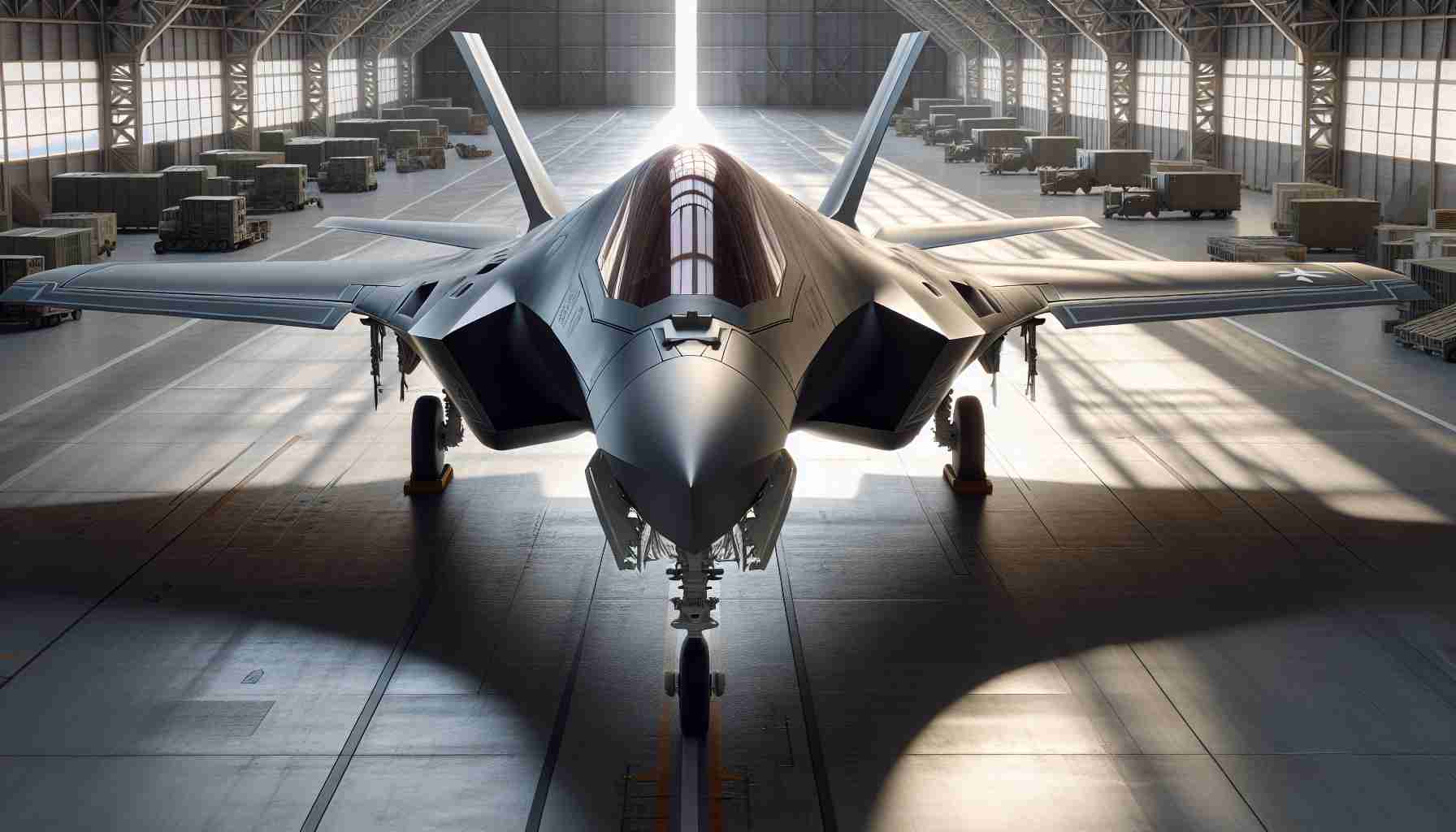As Drake’s highly anticipated tour hits Melbourne, fans are gearing up for not just a musical experience but a technological marvel. With advancements in augmented reality (AR) and interactive stage design, the rapper’s concert is set to redefine live performances.
Augmented Reality Enhancing Concert Experience
Drake’s team has partnered with leading AR innovators to create immersive elements that extend beyond the stage. Attendees can download a specially designed app that syncs with the performance, allowing them to witness exclusive 3D visuals and dynamic effects through their smartphones. This cutting-edge technology transforms the arena into a digital wonderland, making audience members feel like they’re part of an extended reality.
Interactive Stage Design
The stage itself promises to be a technological feat. With LED panels and rotating platforms controlled by advanced algorithms, the design adapts in real-time to the rhythm and pace of Drake’s hits. Interactive lighting systems will track and respond to audience movement and energy, creating a reciprocal relationship between performer and crowd unlike anything seen before.
A Glimpse into the Future
This integration of technology into Drake’s Melbourne concert offers a glimpse into the future of live music performances. The blending of physical and digital experiences could set a precedent for shows around the globe. Ticket holders are not only preparing for a memorable night but also for a preview of what future concerts could become—a synergy of music and interactive technology.
How Drake’s Tour is Shaping the Future of Concerts with Cutting-Edge Innovations
As Drake’s much-anticipated tour amplifies excitement in Melbourne, it’s clear that this isn’t just a concert—it’s a glimpse into the future of live performances, heralding significant innovations in the music industry.
Revolutionary Use of Augmented Reality
Drake’s latest tour is pushing the boundaries of concert experiences, heavily featuring augmented reality (AR) elements that add a new dimension to the live music environment. Fans are encouraged to download an exclusive app that synchronizes with the concert’s in-house technologies, offering them striking 3D visuals that transform their way of perceiving the performance. Through their smartphones, concertgoers can see digital overlays that enhance their engagement, allowing the performance atmosphere to extend far beyond traditional stage boundaries. This approach signifies a major shift in how artists interact with their audience, integrating them into the performance in unprecedented ways.
Interactive Features and Technological Marvels
The live experience is further elevated by the concert’s interactive stage design. Innovations include LED panels and rotating platforms that adjust in real-time to the beats and rhythms of Drake’s performance. This dynamic setup is orchestrated by sophisticated algorithms, which also control lighting systems that react to the collective energy and movement of the crowd. Such technology not only heightens the visual appeal of the performance but also fosters a dialogue between the artist and the audience, making every moment feel more personal and immersive.
Pros and Cons of Technologically Enhanced Concerts
Pros:
– Enhanced Audience Engagement: The interactive elements offer fans a deeper connection to the performance.
– Innovative Experience: Provides a unique blend of audio-visual experiences not found in traditional concerts.
– Pioneering Use of Technology: Sets a new standard for future live performances, potentially influencing the entire industry.
Cons:
– Technical Glitches Risk: Dependence on technology may lead to interruptions or technical failures during live performances.
– Learning Curve: Audience members may need time to adjust to using apps and devices to fully enjoy the experience.
Market Trends and Predictions
The integration of AR and interactive design in concerts is not just a trend; it is paving the way for future entertainment experiences. As artists explore these technologies, we can predict a surge in demand for enhanced live events. This approach could redefine the standard concert experience, encouraging other performers to incorporate similar technologies in their tours.
For more insights into current trends in augmented reality and concert innovations, visit Telefonica for further reading.
Drake’s Melbourne performance is more than just a concert—it’s a technological spectacle that showcases the potential for AR and other interactive technologies in transforming live music experiences, creating a blueprint for concerts to come.

















